Regarding social media marketing, timing is crucial in achieving the best results on platforms like Instagram. Understanding the importance of posting at the right time to reach your target audience and drive engagement is important.
This article will provide strategic insights to help you determine the optimal time to post on Instagram. By considering factors such as your audience’s demographics, analyzing insights, using management tools, and researching industry trends, you can develop an informed approach to your posting strategy.
So, let’s dive in and discover the perfect timing for your Instagram posts!
Table of Contents
- 1 Why Timing Matters on Instagram
- 2 Understanding Your Target Audience
- 3 Analyzing Instagram Insights
- 4 Utilizing Social Media Management Tools
- 5 Researching Industry and Competitor Trends
- 6 Experimenting With Different Posting Times
- 7 Tracking Engagement and Performance Metrics
- 8 Adjusting Your Posting Strategy for Optimal Results
- 9 BONUS
- 10 Frequently Asked Questions
- 10.1 How Can I Determine the Best Time to Post on Instagram Without Using Instagram Insights or Social Media Management Tools?
- 10.2 Is There a Specific Day of the Week Generally Considered the Best for Posting on Instagram?
- 10.3 Does the Type of Content I Post on Instagram Affect the Best Time to Post?
- 10.4 Are There Any Tips or Tricks for Increasing Engagement on Instagram Regardless of the Posting Time?
- 10.5 How Long Should I Wait Before Adjusting My Posting Strategy if I Don’t See Immediate Results?
Why Timing Matters on Instagram
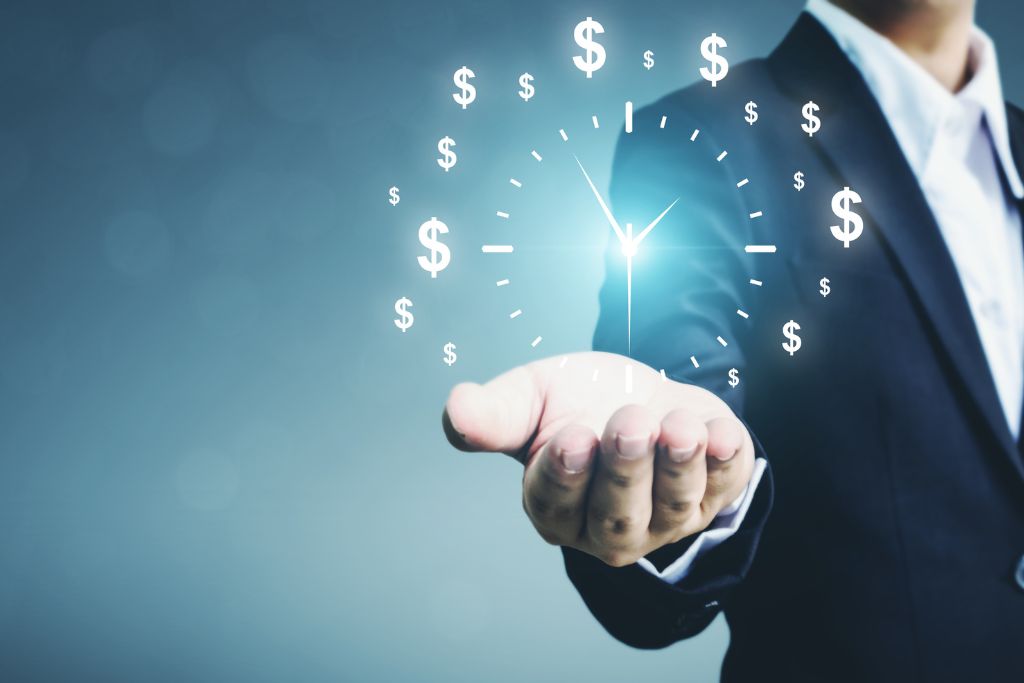
The relevance of timing on Instagram stems from its impact on the visibility and engagement of posts. Understanding when to post is crucial for maximizing the reach and effectiveness of content on this social media platform. Consistency in posting is essential because it helps establish a routine for followers, increasing the likelihood that they will engage with posts regularly.
One important factor to consider when determining the optimal time to post on Instagram is the impact of time zones. Instagram has a global user base, meaning users are active at different times depending on their location. Therefore, identifying the time zones where your target audience is most active can significantly boost engagement rates.
Research has shown that certain times of day yield higher engagement levels than others. For example, studies have found that posting during lunch breaks or in the evening after work hours increases likes, comments, and overall interaction with posts. However, it’s important to note that these patterns may vary depending on industry, target audience demographics, and geographic location.
Understanding Your Target Audience
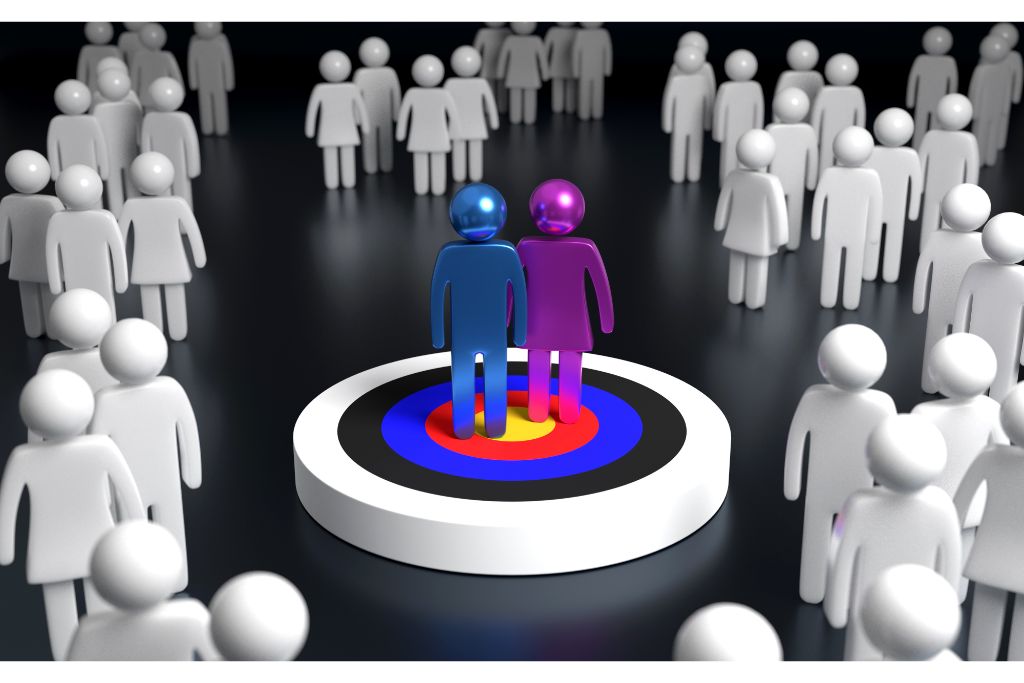
Understanding your target audience requires a comprehensive analysis of their demographics, interests, and online behavior patterns. Identifying demographics is a crucial step in this process as it provides valuable insights into the characteristics and preferences of your audience. Demographic information such as age, gender, location, and income level can help you tailor your content to better resonate with your target audience.
Analyzing user behavior is another essential aspect of understanding your target audience. By studying how users interact with online platforms, you can gain valuable insights into their interests and preferences. This includes analyzing the types of content they engage with, the frequency of their online activity, and the times when they are most active.
By combining demographic data with an analysis of user behavior patterns, you can create a more targeted approach to engaging with your audience on Instagram. For example, if your target audience consists mainly of young adults active on social media during evening hours, posting content during that time could increase visibility and engagement.
Understanding your target audience through demographic analysis and user behavior patterns allows for more strategic decision-making when timing your Instagram posts. By aligning your content with the preferences and habits of your specific audience segment, you can maximize reach and engagement on the platform.
Analyzing Instagram Insights
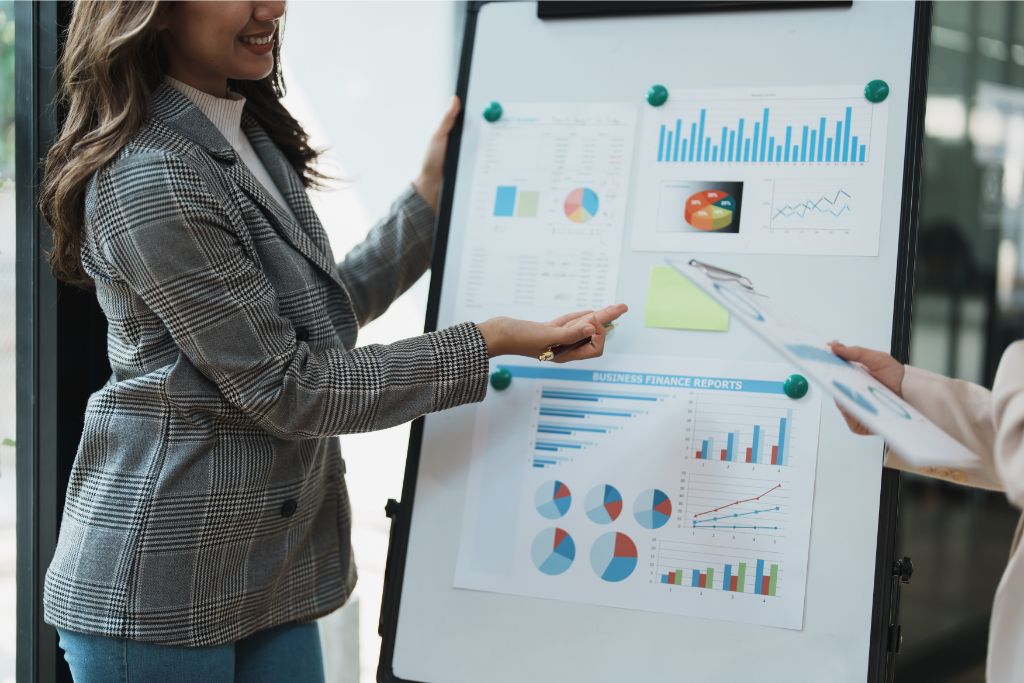
Analyzing Instagram Insights provides valuable data on audience engagement and allows for strategic decision-making in content creation. By examining the data provided by Instagram Insights, businesses can gain insights into their audience’s behavior, preferences, and interests. This information is crucial for improving reach and maximizing the effectiveness of marketing efforts.
- Audience demographics: Instagram Insights provides detailed demographic information about your followers, such as age, gender, and location. This data helps businesses understand their target audience and tailor their content accordingly.
- Post-performance: The insights tool also offers metrics on individual posts, such as impressions, reach, and engagement rate. By analyzing this data, businesses can identify which types of content resonate best with their audience and adjust their strategy accordingly.
- Follower activity: Instagram Insights provides information on when your followers are most active on the platform. This data enables businesses to schedule posts optimally to maximize reach and engagement.
- Story analytics: Besides post performance metrics, Instagram Insights also offers analytics for Stories. Businesses can track how many people viewed each story slide and use this data to improve the storytelling aspect of their content.
Utilizing Social Media Management Tools
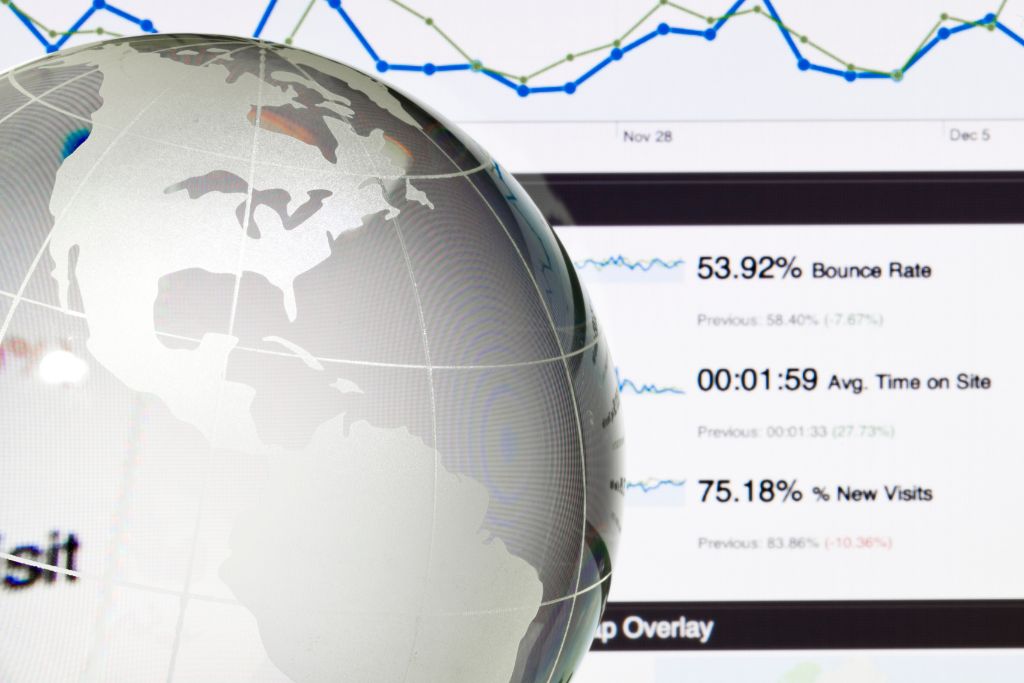
Social media management tools can enhance efficiency and effectiveness in managing various aspects of online presence. This includes content scheduling, engagement tracking, and audience analysis.
Social media scheduling is a crucial component of a successful social media strategy. It allows businesses to plan and automate their content distribution across different platforms. Organizations can create a consistent posting schedule and optimally ensure their content reaches the target audience using scheduling tools such as Hootsuite or Buffer.
In addition to scheduling posts, these tools provide valuable insights into Instagram analytics. Instagram analytics help businesses understand their audience demographics, engagement rates, and the performance of individual posts. This data-driven approach enables organizations to make informed decisions about content creation and distribution by identifying patterns in audience behavior.
For example, suppose the analytics reveal that a particular post receives higher engagement during specific hours or days. In that case, businesses can adjust their posting schedules to maximize reach and impact.
Overall, utilizing social media management tools offers strategic advantages for businesses seeking to optimize their online presence. Organizations can streamline their processes by leveraging features such as social media scheduling and Instagram analytics while gaining valuable insights into audience behavior. These tools empower businesses to make data-driven decisions that enhance the efficiency and effectiveness of their social media strategies.
Researching Industry and Competitor Trends
Researching industry and competitor trends allows businesses to gain valuable insights into the market landscape, identify emerging patterns, and make informed strategic decisions. By staying up-to-date with industry trends, businesses can proactively adapt their marketing strategies to meet changing consumer demands and preferences. Here are four key benefits of researching industry and competitor trends:
- Identifying popular hashtags: Researching industry trends enables businesses to stay on top of the latest popular hashtags relevant to their target audience. This knowledge can help optimize social media campaigns by increasing visibility, engagement, and reach.
- Collaborating with influencers: Keeping an eye on competitor collaborations with influencers provides insight into successful partnerships in the industry. Identifying influential individuals who align with a business’s brand values can enhance brand awareness, credibility, and customer trust.
- Spotting emerging market patterns: Analyzing competitor trends helps identify emerging market patterns that could impact a business’s growth potential. By understanding these patterns early on, businesses can seize opportunities or mitigate risks accordingly.
- Informing strategic decision-making: Industry research empowers businesses to make informed decisions based on data-driven insights rather than assumptions or guesswork. This approach increases the likelihood of success while minimizing potential pitfalls.
Experimenting With Different Posting Times
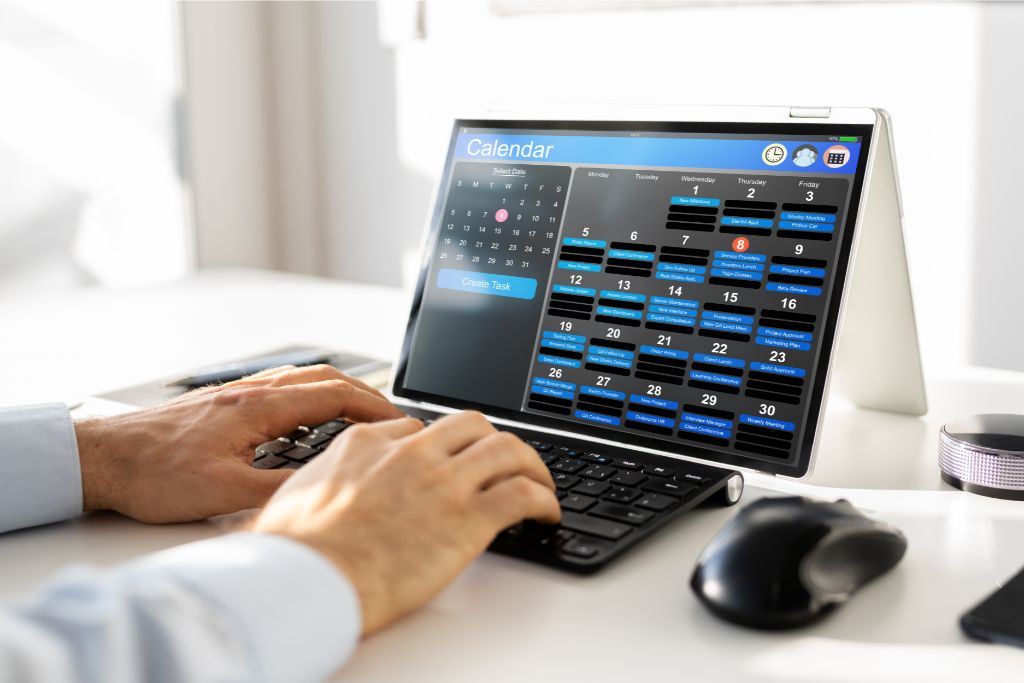
Examining the effectiveness of different posting times enables businesses to optimize their social media strategies for maximum engagement and reach. As companies strive to enhance their online presence, understanding when to post on Instagram has become essential.
Research indicates that certain best practices can guide content creation and maximize audience interactions. Timing is a crucial factor in determining the success of an Instagram post, as it directly impacts its visibility and potential for engagement.
To experiment with different posting times, businesses can utilize various analytical tools on the platform. These tools provide valuable insights into users’ behavior patterns, allowing organizations to identify peak activity periods and tailor their content accordingly. Businesses can strategically schedule their posts by analyzing time zones, followers’ online habits, and historical performance metrics to maximize visibility among target audiences.
In addition to using analytical tools, businesses need to consider industry-specific trends and competitor activities when experimenting with posting times. By monitoring competitors’ posting strategies and observing engagement patterns within the industry, companies can gain valuable insights into effective timing strategies.
Overall, leveraging data-driven insights and adopting strategic approaches towards experimenting with different posting times are key factors in optimizing social media strategies on Instagram. Aligning content creation with best practices will enable businesses to enhance their reach and engage effectively with their target audience on this popular platform.
Tracking Engagement and Performance Metrics
Monitoring and analyzing engagement and performance metrics allows businesses to gain valuable insights into the effectiveness of their social media strategies. By tracking these metrics, businesses can make informed decisions about their posting times on Instagram. Here are four key reasons why engagement tracking and performance metrics are crucial for optimizing social media strategy:
- Identifying peak engagement times: Monitoring metrics such as likes, comments, and shares helps businesses determine when their target audience is most active on Instagram.
- Measuring post-performance: Performance metrics enable businesses to evaluate the success of individual posts or campaigns by tracking reach, impressions, click-through rates, and conversion rates.
- Understanding audience preferences: Analyzing engagement data provides insights into the type of content that resonates with an audience, allowing businesses to tailor their posts accordingly.
- Benchmarking against competitors: Tracking engagement and performance metrics also enables businesses to compare their results with those of industry competitors, leading to improved competitive analysis and strategic decision-making.
Adjusting Your Posting Strategy for Optimal Results
Adjusting the timing of social media postings can significantly impact audience engagement and optimize results. When posting on social media platforms like Instagram, finding the best time to reach your target audience is crucial for maximizing engagement and achieving optimal outcomes. Posting frequency is vital in maintaining a consistent presence on Instagram, but it is equally important to consider when your followers are most active.
To determine the ideal posting times, data-driven analysis can be employed. By examining metrics such as user activity patterns and peak usage hours, you can identify periods when your target audience will most likely be online. This information allows you to strategically schedule your posts during these high-traffic periods strategically, increasing the likelihood of interaction with your content.
Content optimization also plays a crucial role in achieving desired results. In addition to considering the posting time, tailoring your content to resonate with your target audience is essential. Conducting thorough research on their preferences, interests, and demographics enables you to create compelling and relevant content that captures their attention.
BONUS
Supercharge your Instagram strategy with OnlySocial’s essential post-planning and Scheduling function. Seamlessly plan and schedule your posts across all social networks, ensuring optimal timing and strategic content delivery. With unlimited posting and the ability to manage unlimited social profiles, you can expand your online presence without limitations. Don’t miss out on maximizing your social media impact. Sign up for a commitment-free 7-day trial today.
Frequently Asked Questions
How Can I Determine the Best Time to Post on Instagram Without Using Instagram Insights or Social Media Management Tools?
The best time to post on Instagram can be achieved without using Instagram insights or social media management tools by considering target audience demographics, peak activity times, and analyzing engagement patterns.
Is There a Specific Day of the Week Generally Considered the Best for Posting on Instagram?
In analyzing the optimal time for posting on Instagram, it is essential to consider the impact of specific days. Research suggests that certain days of the week may be more advantageous for maximizing engagement and reach.
Does the Type of Content I Post on Instagram Affect the Best Time to Post?
The impact of content type on the optimal posting frequency on Instagram has been studied. Analyzing user engagement data can help determine the best time to post based on content characteristics and audience preferences.
Are There Any Tips or Tricks for Increasing Engagement on Instagram Regardless of the Posting Time?
Regardless of the best posting time, strategies for creating engaging content on Instagram include using high-quality visuals, storytelling, and incorporating interactive elements such as polls or quizzes. These tactics can elicit emotional responses from the audience and increase engagement.
How Long Should I Wait Before Adjusting My Posting Strategy if I Don’t See Immediate Results?
The timing of adjusting one’s posting strategy in response to not seeing immediate results is contingent upon the specific context and goals. Measuring posting success through data-driven metrics before making any adjustments is essential.




